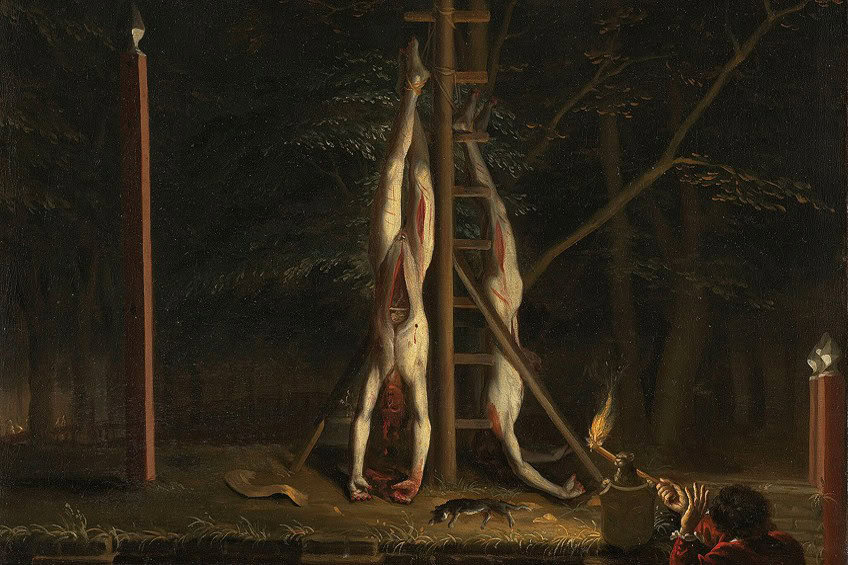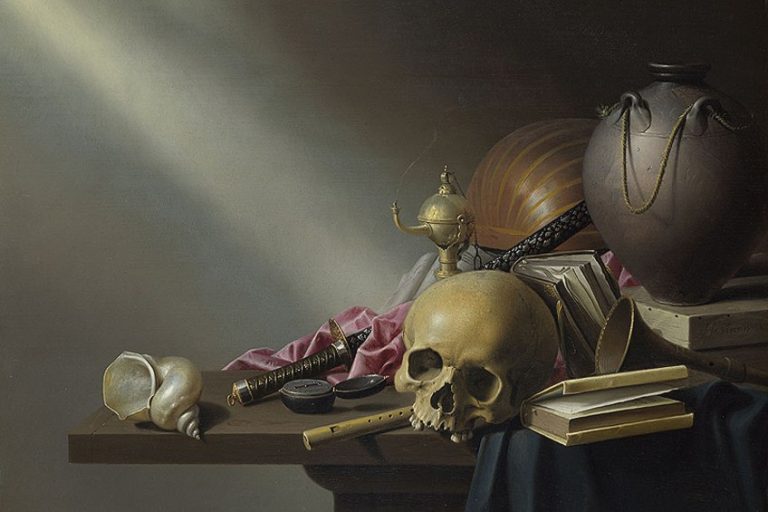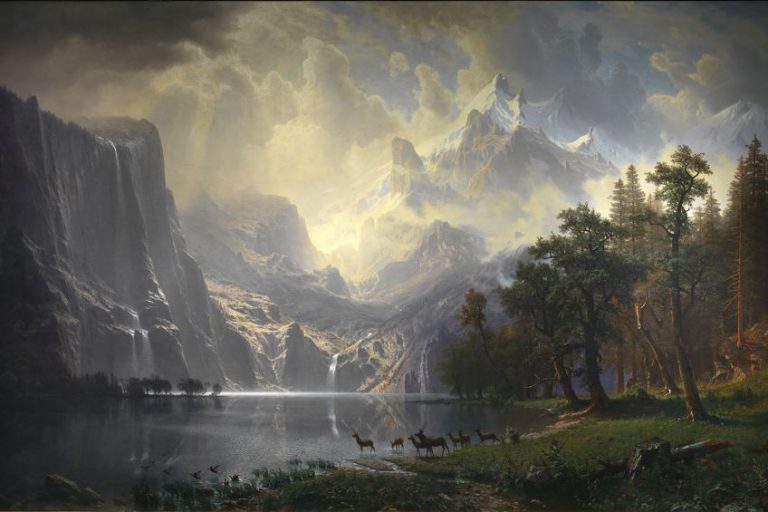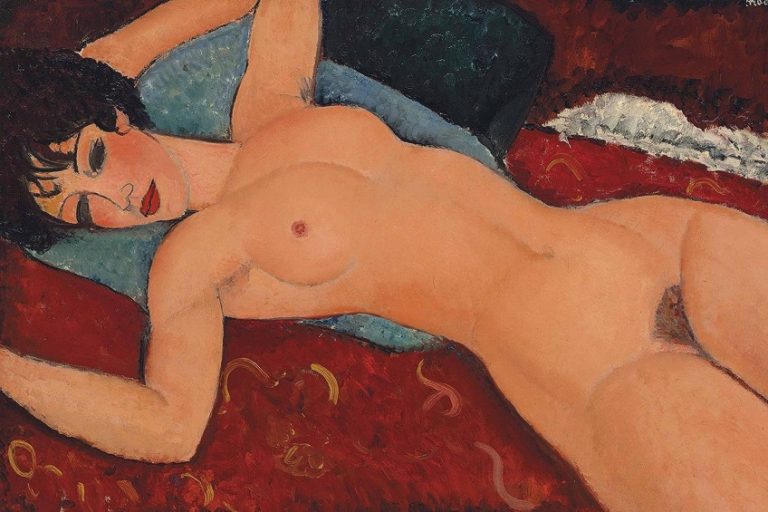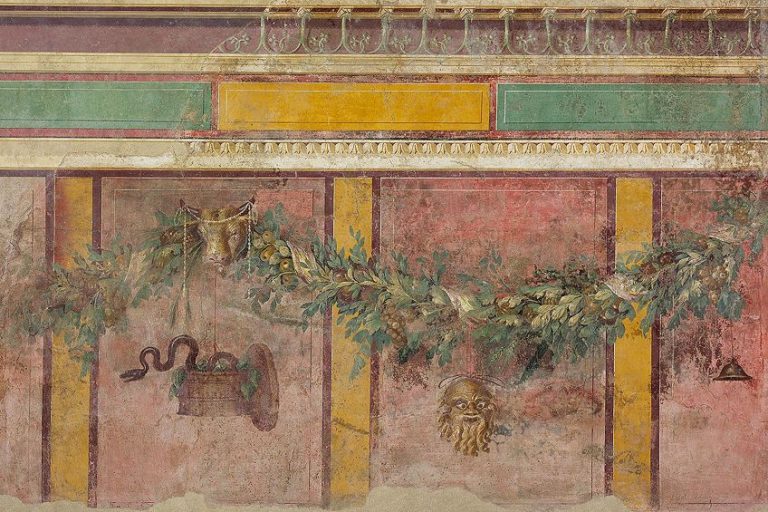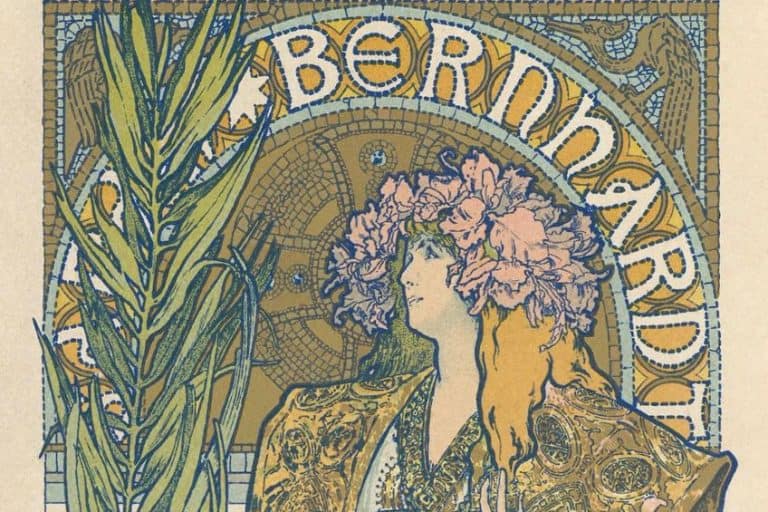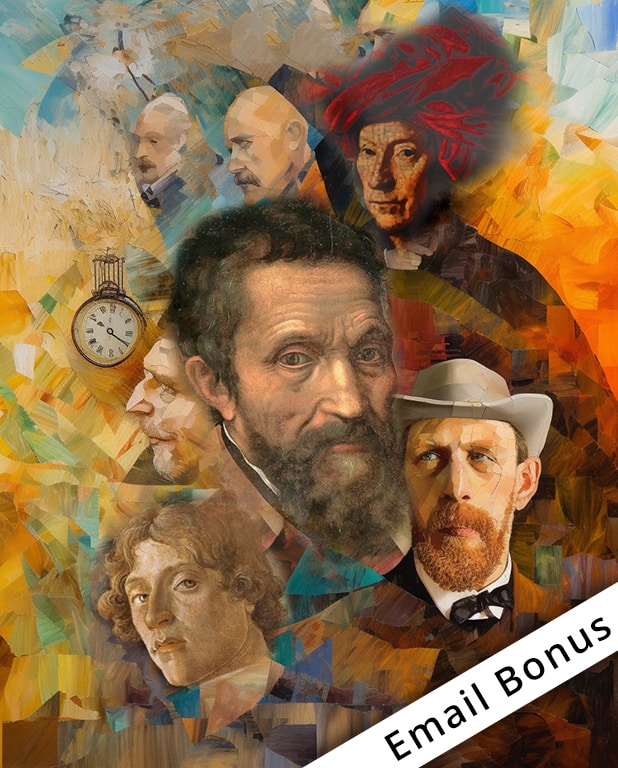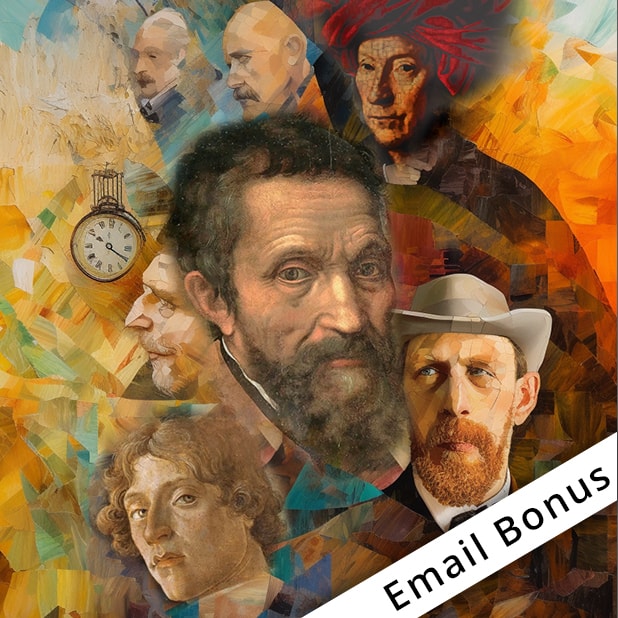Disturbing Art – Where Horror Meets the Canvas
Disturbing art has long captured the imagination and emotions of viewers, pushing boundaries and challenging societal norms. From the macabre to the surreal, these artworks provoke unease, often reflecting the darker aspects of human existence, inner turmoil, or broader social anxieties. Whether through haunting imagery, unsettling themes, or grotesque figures, disturbing art confronts the viewer, demanding contemplation. This article explores 10 famous disturbing paintings, each offering a glimpse into the complex psyche of its creator and the unsettling beauty that emerges from discomfort.
Key Takeaways
- Disturbing art explores horror and mortality.
- Iconic works reflect cultural and historical contexts.
- Such art provokes discussions about its impact.
Historical Evolution of Disturbing Art
Throughout history, art has served as a powerful medium for exploring the darkest corners of the human psyche. Disturbing art captivates audiences by delving into themes of horror, madness, and mortality, often leaving a lasting impression on viewers. These artworks challenge societal norms and force the audience to confront fears and emotions that are often ignored.
From Rubens’ Massacre of the Innocents to Goya’s Saturn Devouring His Son, these haunting masterpieces utilize unsettling imagery to depict violence, chaos, and existential dread.
Each piece not only reflects the unique perspective of its creator but also provides insight into the cultural and historical contexts of the time. Exploring these artworks can be a profound experience, sparking discussions about the psychological, emotional, and cultural impact of such pieces. The fascination with these macabre creations demonstrates the complexities of human emotion and the enduring power of art to provoke thought and introspection.
Renaissance and Earlier
Prior to the Renaissance, art often centered on religious themes, yet some pieces depicted frightening imagery to convey moral lessons. Hieronymus Bosch, a Dutch painter, crafted intricate scenes filled with surreal and grotesque figures. His work, The Garden of Earthly Delights, is renowned for its nightmarish landscapes. Filled with fantastical creatures, the painting presents a vivid narrative of sin and punishment, captivating and disturbing viewers.

Art from earlier periods, including Greek mythology representations, sometimes revealed darker aspects of human nature. Depictions of myths involving brutal transformations or divine wrath served to illustrate both human folly and the vast power of the gods. These artworks were integral to conveying narratives that warned against moral failings and consequences beyond mortal control.
Romanticism Era
In the Romantic period, art began exploring emotions and the subconscious. Artists like Henry Fuseli embraced this movement, creating works like The Nightmare, which features a demon perched upon a sleeping woman and a haunting dark horse.
The painting illustrates the terror of the unknown and the unsettling side of dreams. Through these images, viewers peered into the unsettling recesses of the human psyche.
Similarly, Francisco de Goya’s Saturn Devouring His Son is among the most harrowing examples from his series, the Black Paintings. Goya painted these directly onto the walls of his home, reflecting his bleak outlook on humanity. This iconic image employs gripping horror to critique power and the destructive nature of time, remaining deeply impactful.
Modern Art Shock Factor
Modern art has continued the trend of embracing disturbing themes, often aiming to provoke thought and challenge norms. Often viewed through a lens that embraces shock and confrontation, modern pieces scrutinize societal issues and personal anxieties. Artists push boundaries to elicit strong emotional responses from their audiences.
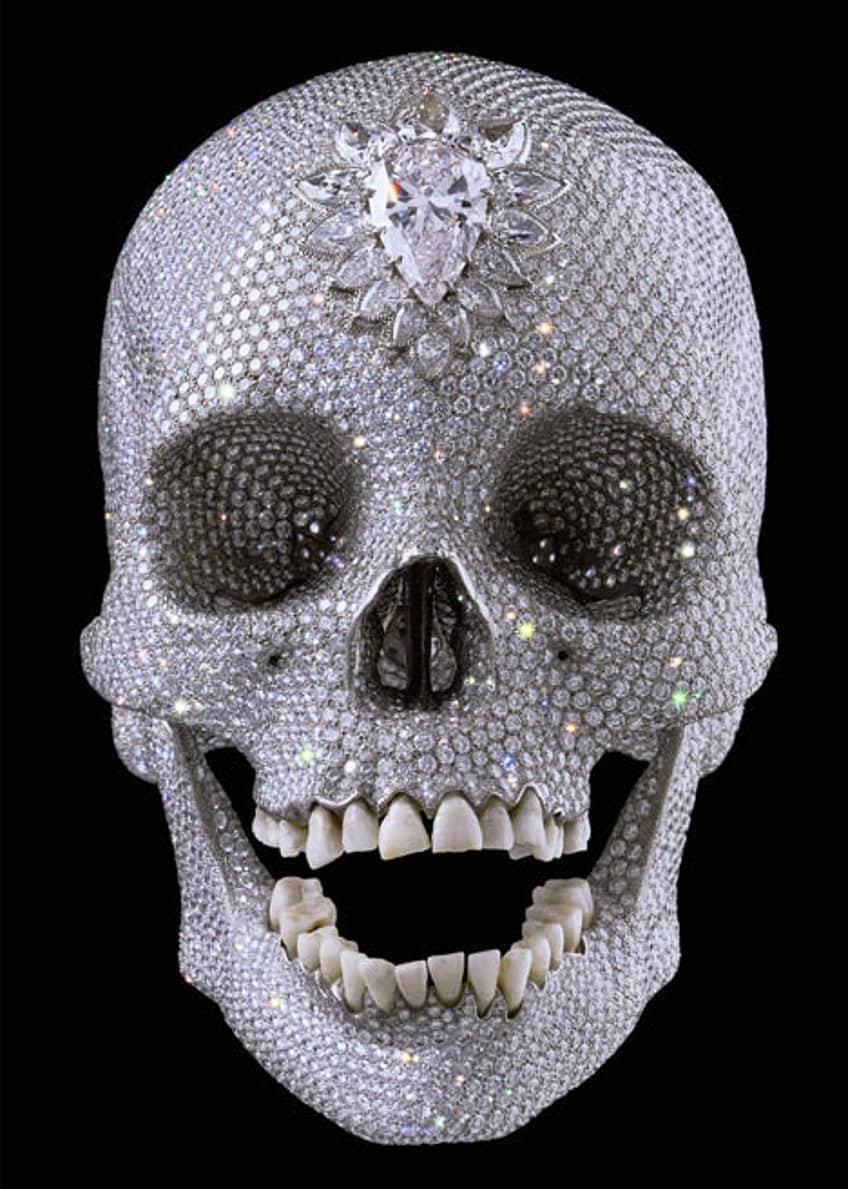
The exploration of horror motifs, surreal ideas, and discomforting juxtapositions in contemporary scenarios adds layers to understanding human behavior. Whether through blatant depictions of violence or abstract representations of fear, disturbing art maintains its relevance by offering critical reflections of contemporary experiences, urging viewers to confront unsettling truths of existence.
Analyzing 10 Iconic Disturbing Artworks
This section explores notable artworks known for their unsettling themes and emotional impact. Each piece utilizes unique techniques and elements to evoke discomfort and provoke deep psychological responses from its viewers.
The Garden of Earthly Delights (Between 1490 and 1510)
| Artist | Hieronymus Bosch (c. 1450 – 1516) |
| Date | Between 1490 and 1510 |
| Medium | Oil on oak panels |
| Location of Work | Museo del Prado, Madrid, Spain |
Hieronymus Bosch’s The Garden of Earthly Delights is a triptych that delves into humanity’s temptations and ultimate downfall. The painting exhibits chaotic scenes filled with fantastical creatures and bizarre landscapes. Known for its intricate details, it captivates viewers and invites them on a journey through paradise, sin, and damnation.
Bosch’s use of color and surreal imagery creates a haunting atmosphere that leaves a lasting impression.
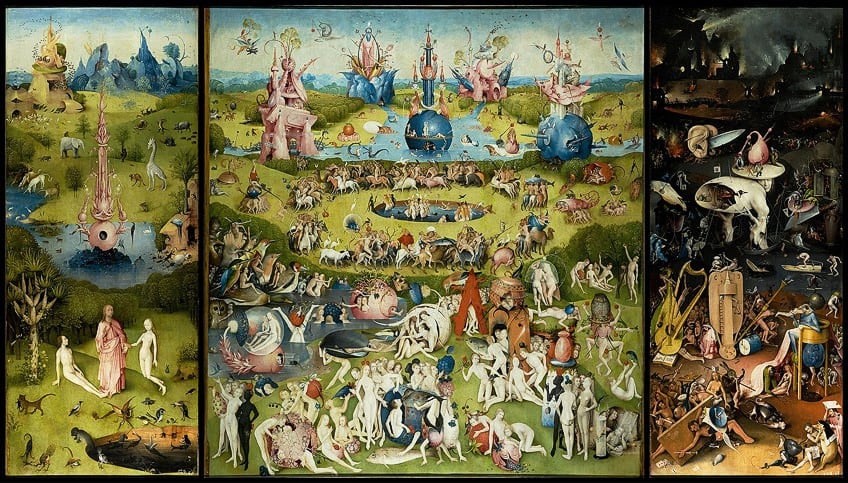
The Corpses of the De Witt Brothers (1672 – 1675)
| Artist | Jan de Baen (1633 – 1702) |
| Date | 1672 – 1675 |
| Medium | Oil on canvas |
| Location of Work | Rijksmuseum, Amsterdam, the Netherlands |
Jan de Baen’s The Corpses of the De Witt Brothers captures the aftermath of a brutal event in Dutch history. The brothers, prominent political figures, were lynched and their bodies gruesomely displayed. De Baen’s realistic depiction focuses on the disfigured and violated bodies, conveying a powerful political and social commentary. The artwork forces viewers to confront the harsh realities of historical violence.

The Nightmare (1781)
| Artist | Henry Fuseli (1741 – 1825) |
| Date | 1781 |
| Medium | Oil on canvas |
| Location of Work | Detroit Institute of Arts, Michigan, United States |
Henry Fuseli’s The Nightmare presents an unsettling scene using motifs of the subconscious. A sleeping woman, draped over her bed, is visited by a demonic incubus and a ghostly horse. The dark color palette and dramatic shadows create an aura of terror.
The painting’s focus on psychological horror taps into fears of the unknown and the supernatural, making it an iconic piece in disturbing art.

The Severed Heads (c. 1810)
| Artist | Théodore Géricault (1791 – 1824) |
| Date | c. 1810 |
| Medium | Oil on canvas |
| Location of Work | National Museum of Fine Arts, Stockholm, Sweden |
Théodore Géricault’s The Severed Heads explores the dark fascination with death and decay. The series of paintings captures realistic depictions of dissected human heads, reflecting his interest in human anatomy and macabre subjects. The work provokes intense emotions, forcing viewers to grapple with the concept of mortality. Géricault’s attention to detail and the stark contrast of light and shadow amplify the horror of the scene.

Saturn Devouring His Son (c. 1820 – 1823)
| Artist | Francisco de Goya (1746 – 1828) |
| Date | c. 1820 – 1823 |
| Medium | Mixed media mural transferred to canvas |
| Location of Work | Museo del Prado, Madrid, Spain |
Francisco de Goya’s Saturn Devouring His Son is a vivid portrayal of mythological horror. The painting shows the god Saturn consuming a child, symbolizing time’s destructive power. Goya’s use of dark colors and raw, visceral imagery conveys a sense of urgency and fear.
This disturbing depiction of filial consumption is grounded in both myth and existential dread, resonating deeply with those who view it.

Dante and Virgil in Hell (1850)
| Artist | William-Adolphe Bouguereau (1825 – 1905) |
| Date | 1850 |
| Medium | Oil on canvas |
| Location of Work | Musée d’Orsay, Paris, France |
William-Adolphe Bouguereau’s Dante and Virgil in Hell brings to life a moment from Dante’s Inferno. It illustrates a brutal fight between two damned souls, surrounded by a hellish inferno. Bouguereau’s skillful use of light and form captures the intensity of eternal punishment. The violent struggle reflects the broader themes of sin and retribution, embedding a sense of unease in the viewer.
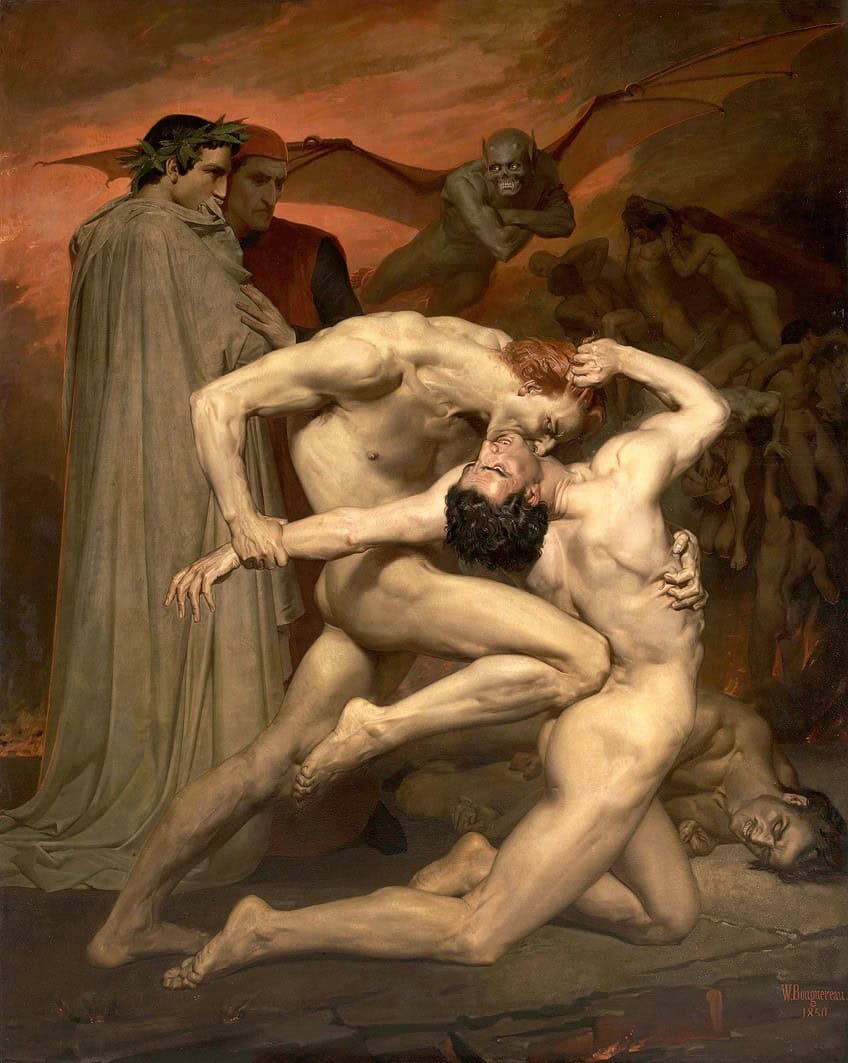
The Gross Clinic (1875)
| Artist | Thomas Eakins (1844 – 1916) |
| Date | 1875 |
| Medium | Oil on canvas |
| Location of Work | Philadelphia Museum of Art and the Pennsylvania Academy of Fine Arts, United States |
Thomas Eakins’ The Gross Clinic presents a stark look at medical practice in the 19th century. It depicts Dr. Samuel Gross performing surgery, complete with dramatic chiaroscuro and realistic anatomical detail. Eakins challenges the viewer to confront the interconnectedness of science, suffering, and progress.
The clinical setting and the visceral aspect of the surgery serve as a reminder of the thin line between healing and horror.

Ivan the Terrible and His Son Ivan on 16 November 1581 (1883 – 1885)
| Artist | Ilya Repin (1844 – 1930) |
| Date | 1883 – 1885 |
| Medium | Oil on canvas |
| Location of Work | Tretyakov Gallery, Moscow, Russia |
Ilya Repin’s Ivan the Terrible and His Son Ivan portrays the remorse of Ivan the Terrible after killing his son in a fit of rage. The raw emotion and horror of the scene are encapsulated in the tsar’s anguished expression and the pool of blood. Repin captures this intense moment with intricate brushwork and evocative color. The scene reflects the destructive power of unchecked emotions.

Old Man’s Death (1890)
| Artist | Ladislav Mednyánszky (1852 – 1919) |
| Date | 1890 |
| Medium | Oil on canvas |
| Location of Work | Slovak National Gallery, Bratislava, Slovakia |
Old Man’s Death (1890) by Ladislav Mednyánszky is a haunting portrayal of mortality, depicting a frail elderly man lying on his deathbed, enveloped in darkness. The painting’s somber tones and delicate brushwork evoke a profound sense of decay and the inevitability of death. Mednyánszky’s sensitive yet eerie approach invites the viewer to confront the fragility of life, making it a deeply unsettling and poignant work.
Its raw emotional depth captures the artist’s fascination with the human condition and the passage of time.
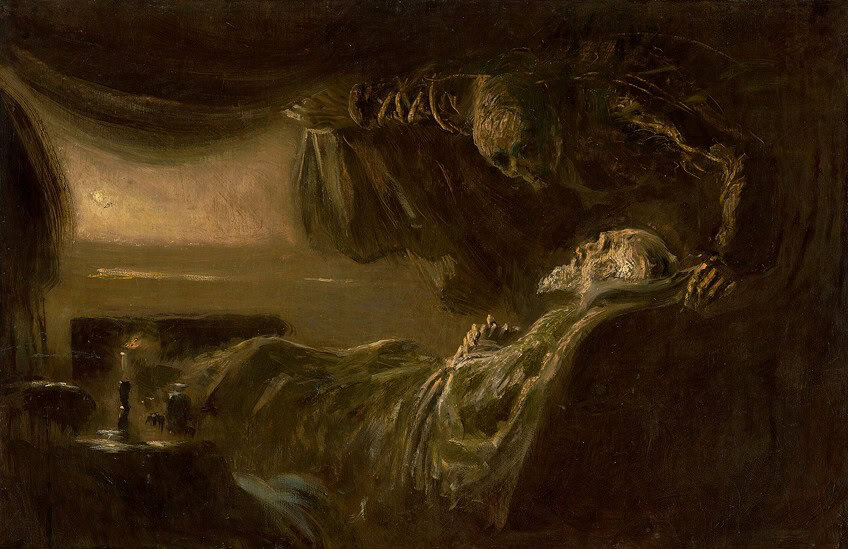
The Sin (1893)
| Artist | Franz von Stuck (1863 – 1928) |
| Date | 1893 |
| Medium | Oil on canvas |
| Location of Work | Neue Pinakothek, Munich, Germany |
Franz von Stuck’s The Sin features the biblical tale of Adam and Eve’s temptation in the Garden of Eden. The prominent figure of Eve, entwined with a serpent, represents allure and forbidden knowledge. Stuck employs sharp contrasts and a somber color palette to heighten the painting’s ominous tone. This artwork captures the perennial human struggle with desire and its dire consequences, leaving a haunting echo.

Psychological and Cultural Impact
Disturbing art often taps into deep human emotions, making viewers confront difficult themes. The exploration of mortality, societal reflections, and the roles of such art in modern celebrations captures these intense, yet thought-provoking aspects.
Interpretation of Mortality
Artworks like The Scream by Edvard Munch invoke a visceral response, often rooted in existential angst and the inevitability of death. This painting captures a moment of extreme anxiety, tapping into universal fears about life’s fragility. Pieter Bruegel the Elder’s The Triumph of Death offers a grim portrayal of mortality, depicting an unstoppable march of doom.
These pieces force viewers to engage with their understanding of life and death, encouraging introspection about human vulnerability and the transient nature of existence.
Reflections of Society
Disturbing art frequently mirrors societal issues and fears, offering a commentary on the human condition. Artists utilize shocking imagery to highlight themes such as violence, repression, and conflict. These artworks can act as catalysts for conversation, challenging audiences to reflect on uncomfortable truths.
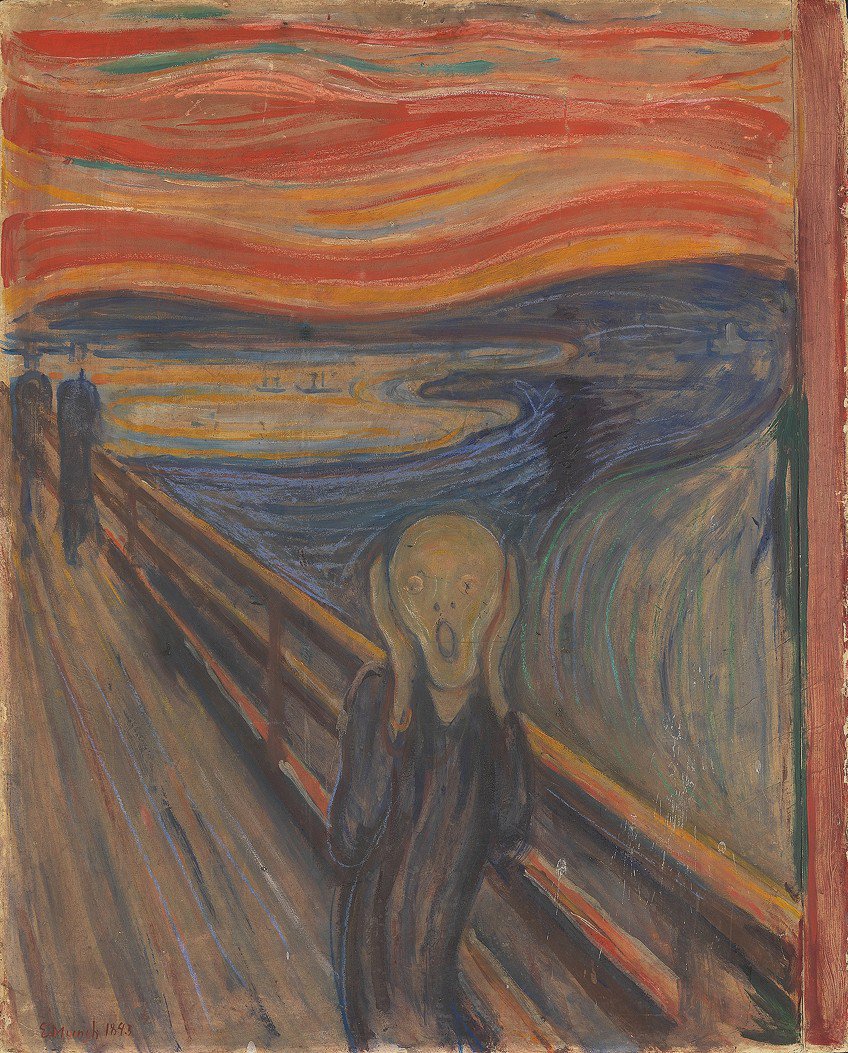
Such works provoke critical thought on societal norms, capturing the complexities and tensions present within various historical and cultural contexts. This reflection can inspire dialogue and further understanding of diverse social dynamics.
Influence on Modern Celebrations
Cultural events like Halloween are steeped in traditions that embrace the unsettling and macabre. Disturbing art influences these celebrations by inspiring costumes, decorations, and themes that play into the fascination with fear and the grotesque.

Historical artworks like those of Bruegel’s, which are filled with haunting imagery, contribute to the visual language often associated with these festivities. The blending of tradition and contemporary expressions through disturbing art enriches the cultural significance of such celebrations, offering both entertainment and thoughtful engagement with darker themes.
Frequently Asked Questions
What Constitutes a Piece of Art As Being Disturbing?
A piece of art is considered disturbing when it triggers discomfort, fear, or unease. This may stem from its subject matter, use of symbols, or the emotions it evokes. Elements like surreal imagery, dark themes, and unexpected juxtapositions contribute to this effect.
Who Are Some Well-Known Artists Recognized for Creating Unsettling Works?
Henry Fuseli, renowned for his painting, The Nightmare, is known for exploring subconscious fears. Alongside him, artists like Hieronymus Bosch and Francisco Goya have crafted haunting depictions. More contemporary figures include Damien Hirst, famous for provocative installations that often involve themes of mortality.
What Are Some Historic Pieces of Art That Are Considered Disturbing?
Historic pieces often regarded as disturbing include The Garden of Earthly Delights by Hieronymus Bosch and The Triumph of Death by Pieter Bruegel the Elder. These works showcase vivid and unsettling imagery that delves into themes of chaos and mortality.
Isabella studied at the University of Cape Town in South Africa and graduated with a Bachelor of Arts majoring in English Literature & Language and Psychology. Throughout her undergraduate years, she took Art History as an additional subject and absolutely loved it. Building on from her art history knowledge that began in high school, art has always been a particular area of fascination for her. From learning about artworks previously unknown to her, or sharpening her existing understanding of specific works, the ability to continue learning within this interesting sphere excites her greatly.
Her focal points of interest in art history encompass profiling specific artists and art movements, as it is these areas where she is able to really dig deep into the rich narrative of the art world. Additionally, she particularly enjoys exploring the different artistic styles of the 20th century, as well as the important impact that female artists have had on the development of art history.
Learn more about Isabella Meyer and the Art in Context Team.
Cite this Article
Isabella, Meyer, “Disturbing Art – Where Horror Meets the Canvas.” Art in Context. December 2, 2024. URL: https://artincontext.org/disturbing-art/
Meyer, I. (2024, 2 December). Disturbing Art – Where Horror Meets the Canvas. Art in Context. https://artincontext.org/disturbing-art/
Meyer, Isabella. “Disturbing Art – Where Horror Meets the Canvas.” Art in Context, December 2, 2024. https://artincontext.org/disturbing-art/.


